The Orton-Gillingham Approach is not a new program, but there’s a reason this approach to learning has been widely used and validated in classrooms for over 80 years. The Orton-Gillingham Approach is a tool that empowers instructors as they develop a structured, individualized, and multisensory plan to teach reading and language skills that is especially beneficial for students with dyslexia. Learn more about some of the unique benefits of the Orton-Gillingham Approach to reading and how educators and tutors may be able to implement these strategies into their classroom.
#1: The Orton-Gillingham Approach sees the student as an individual.
Each teacher trained in Orton-Gillingham gains insight and skills on how to encourage students to learn in the way that suits them best. The Orton-Gillingham Approach is designed to ensure that students master skills that build on one another, though how students master specific skills is extremely flexible. Accordingly, teachers are trained to adapt their instruction to each student. By encouraging students to master reading and language skills in an individualized way, students play an essential role in their learning.
#2: Orton-Gillingham implements a multisensory approach to reading.
Orton-Gillingham places an important emphasis on multisensory approaches to learning. Because students with dyslexia lack a level of phonemic awareness, learning reading skills through a phonics-based approach that incorporates all senses is highly effective. Instructors trained in Orton-Gillingham can combine sight, hearing, touch, and movement into everyday instruction to help students understand the relationship between letters, sounds, and words. For example, the Orton-Gillingham Approach encourages a student to learn the letter s by seeing it, saying it out loud, sounding it out, and writing it to promote complete mastery.
#3: The Orton-Gillingham Approach breaks down reading into smaller skills.
It can be challenging for teachers to ensure that each student masters reading skills on a standardized timeline in a general education setting. Instruction based on the Orton-Gillingham Approach breaks down reading into smaller, more manageable skills that build on each other so students achieve mastery on their own timeline. Advancement to the next skill only begins when they have fully mastered the previous skill. This step-by-step approach to learning promotes a more complete understanding of reading skills and ensures no student is left behind in the classroom.
#4: The Orton-Gillingham Approach is designed for flexible implementation.
While the Orton-Gillingham Approach is frequently implemented as a teaching strategy for students with dyslexia, breaking down language and reading into distinct skills can be beneficial for all students. Once a teacher trains and becomes certified in the Orton-Gillingham Approach, he or she can introduce various aspects of the Orton-Gillingham approach into any curriculum or classroom with students of all ages. As teachers and students evolve and continue to learn, Orton-Gillingham strategies remain flexible and can be adapted over time to promote continuous learning and problem-solving in every classroom.
How ReadSource Can Help
The ReadSource is a non-profit launched by the Schenck School created to share our experience, knowledge, and expertise to better serve struggling readers across the country. Our training, tutoring, and outreach programs all serve as resources for dyslexia that promote increased understanding and awareness for students with learning differences. Whether you are an educator, parent, tutor, or community organization, The ReadSource can work with you to empower dyslexic learners in your community. Learn more about our mission, join us at a community event, sign up for a training program, or donate to ReadSource today.








Leave a Reply